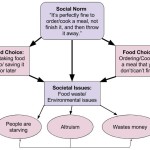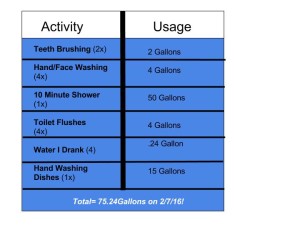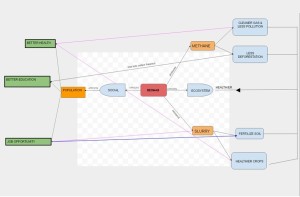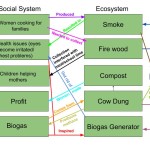My hometown is Dunmore, Pennsylvania. This borough is located in North-Eastern Pennsylvania and in Lackawanna County. Dunmore is most likely an automobile suburb because the transportation mode is cars and not many people walk. There are roads without sidewalks on main streets, and there are sidewalks on side streets. Buses sometimes run through Dunmore, but there are very limited bus stops. Therefore, transportation is difficult if you do not own a car. The population of Dunmore is approximately 13,966. My connection to this borough is that I have lived here for most of my life, and I have mixed feelings about it and this area. For all of you Office fans out there, I live 5 minutes away from Scranton. However, the Dunmore- Scranton area has went downhill over the years, and many people in the area also feel this way. In fact, Scranton has been ranked one of the most miserable cities in the United States. The reason why is because crime has went up, transportation is difficult without a car, poverty increased, and there is not much to do here.
The first city that I will discuss is Boston, Massachusetts and how it is pedestrian oriented. Out of all of the places discussed in the module, Beacon Hill was by far my favorite. I really admire how the people from this part of Boston have the money to buy almost any car that they desire, yet they still choose to walk. This is relevant to Dunmore because here, walking is not that much of a norm. Also, just like I stated in the first paragraph, there is nothing to do in my area. However, Beacon Hill has many places to work, shop, and be entertained, all in walking distance! Not only is this beneficial to resident health, but also this is beneficial to the environment in the sense that less automobile use means less pollution. I think that my town should be more like Beacon Hill, because if walking (or other non-motorized forms of transportation) was a social norm here, then I believe that crime, poverty, and pollution would significantly decrease making the Dunmore-Scranton area more sustainable. Also, I think that Dunmore should become more of a mixed-use area (like Beacon Hill), since this would also encourage walking, lesson environmental damage, and people would be happier.
The second city that I would like to discuss is Rochester, New York and how it is automobile oriented. Out of all the cities in the module, I felt that this one was most like Dunmore. There are many areas in Dunmore (as shown in the picture) that do not have sidewalks, since automobile use is a social norm here. The only difference is Dunmore does have sidewalks, but only in developments/ neighborhoods. Other than that, getting to stores, work, school, and other places of interest requires automobile transportation. This causes an issue with sustainability because since walking is not encouraged, people will obviously choose automobile transportation. Moreover, this can lead to the collective action problem of traffic (due to the large amount of cars on the streets) and pollution from the gases emitted from the exhaust. Places like Dunmore should build more sidewalks to encourage walking as a transportation mode. Not only will this reduce pollution and improve air quality, but this will also be beneficial to people, since they will be exercising more (resident health).





